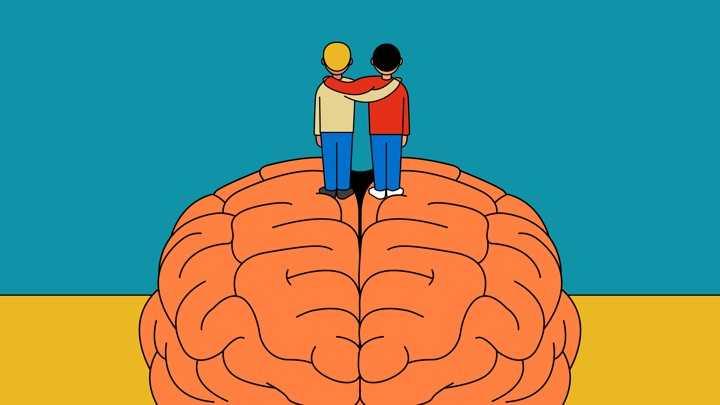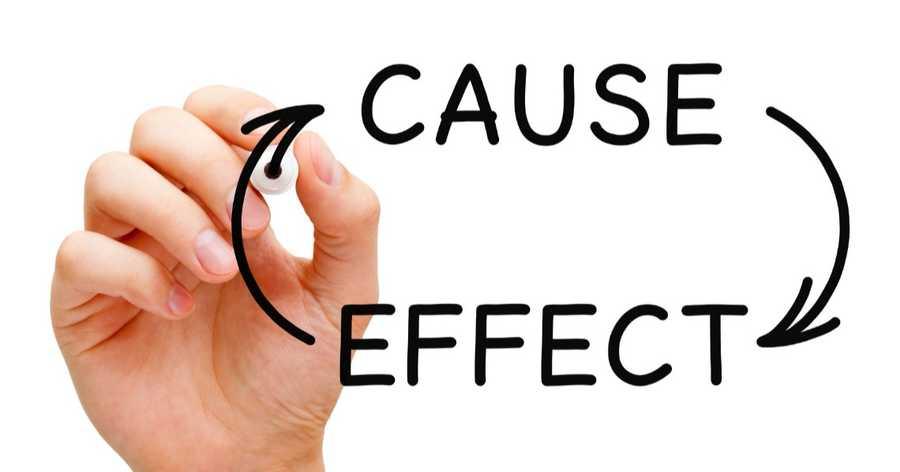The Peer Effect
Teenagers and adolescents are more likely to behave recklessly, do something stupid, or commit crimes when they are together.
Breaking the law or trying out drugs/alcohol is also done more often in the company of friends and schoolmates. This is known as the Peer Effect.
64
380 reads
CURATED FROM
IDEAS CURATED BY
The idea is part of this collection:
Learn more about loveandrelationships with this collection
How to manage workplace stress
How to prioritize and make better decisions
How to learn anything fast
Related collections
Similar ideas to The Peer Effect
The Vulnerability Effect
When we admit our weakness, we are more human, likeable and authentic. This honest and imperfect person becomes charismatic, something known as the vulnerability effect.
While conducting a study of two women selling blenders at a mall, it was found that the ‘clumsy’ la...
The Law Of Effect
Developed by psychologist Edward Thorndike, the law of effect states that any behaviour that is positive or leads to satisfaction in a specific situation is likely to be repeated when that same situation arises again. Behaviours that lead to unease or discomfort tends to not be repeated....
The Cheerleader Effect
A profile picture with friends seems to convey that we are social and well-liked. Group shots also seem to be appealing to others due to another factor known as the Cheerleader Effect.
Our profile pictures on social media are mostly selfies, headshots or pics of o...
Read & Learn
20x Faster
without
deepstash
with
deepstash
with
deepstash
Personalized microlearning
—
100+ Learning Journeys
—
Access to 200,000+ ideas
—
Access to the mobile app
—
Unlimited idea saving
—
—
Unlimited history
—
—
Unlimited listening to ideas
—
—
Downloading & offline access
—
—
Supercharge your mind with one idea per day
Enter your email and spend 1 minute every day to learn something new.
I agree to receive email updates


